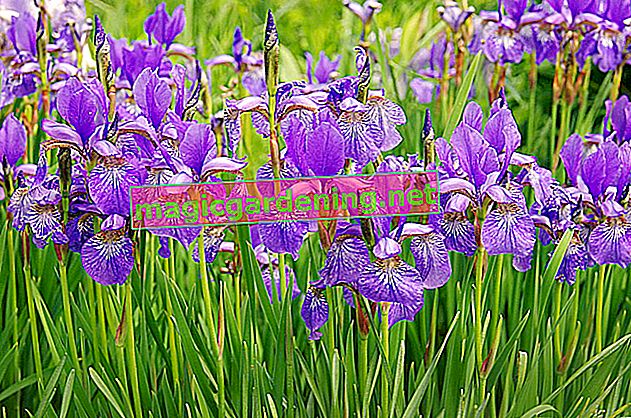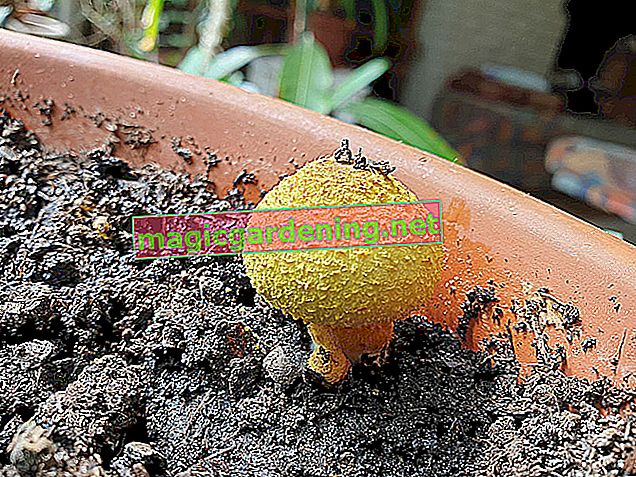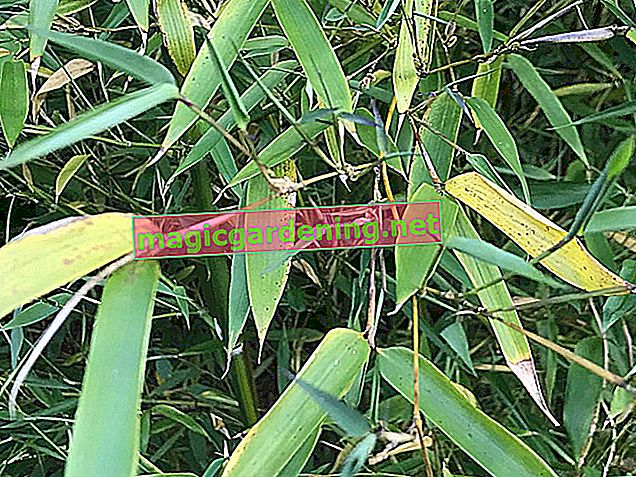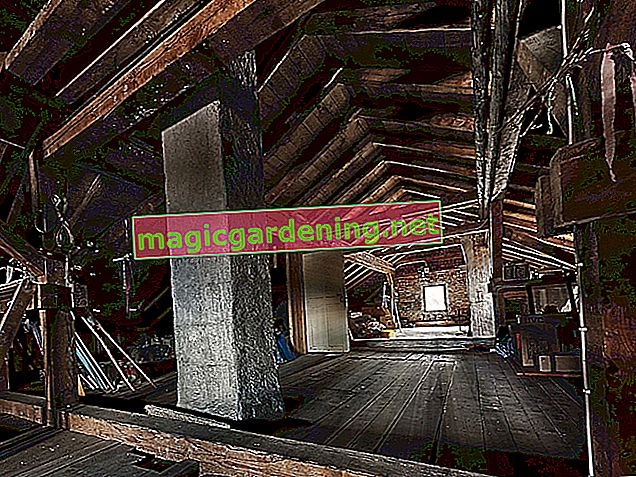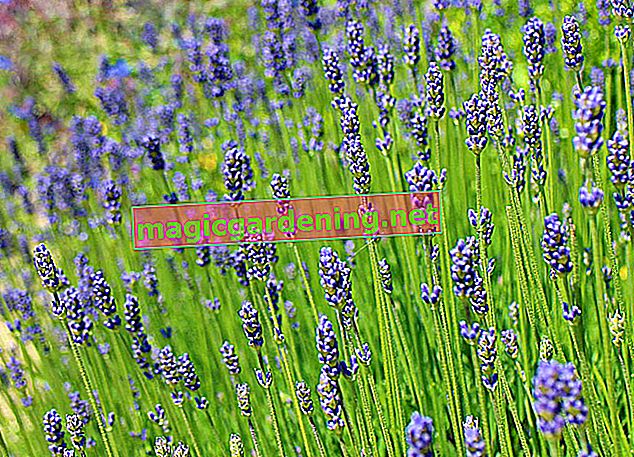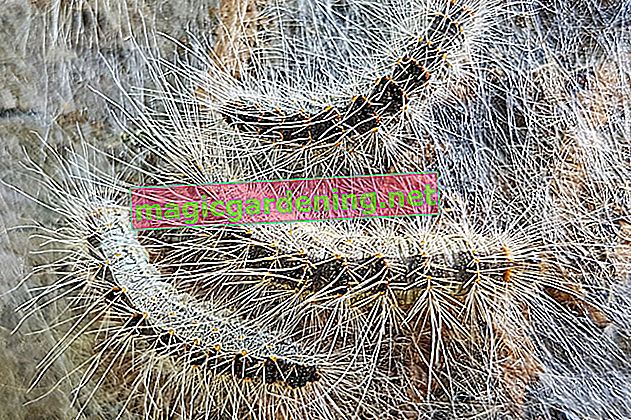
A toad in my garden? So maybe some readers will now think that it can only have got lost? But it doesn't have at all, on the contrary. Perhaps a few months ago, completely unnoticed, she created her own personal living space between the beds, hedges and trees, and maybe even wintered there?
also read
- Lizards in your own garden
- Perfectly pruning fig trees - tutorial with useful pruning instructions
- Settling frogs in the garden - this is how it works
Amphibians in the garden? But how?
No matter whether toad, newt or frog: They should not just be released somewhere outside again, because most of these animals would come back again, which could be dangerous for them on busy paths and roads. On the other hand, you shouldn't take amphibians and all the other small animals home with you on your next walk in the forest or from the bank of your village pond. The population of most species has decreased massively in recent years, so that they are now on the red list and are therefore under special protection. Some animals, such as the common toad, are known for their extreme loyalty to their location, so that permanent implementation can even be life-threatening. As an excellent beneficial insect in your garden, it eats large numbers of harmful insects such as snails,but lives very dangerously, as these toads are one of the favorite menus of grass snakes, raccoons and gray herons.
Create day hiding places and retreat areas
This is not just about creating a completely new garden pond. Amphibian-friendly habitats are already provided if one or more protected piles of brushwood or leaves are present on the property. If necessary, an old stone wall that is not jointed will do, and a garden that is as natural as possible and that offers the amphibians not only enough food, but also protection is best. In addition, chemical insect and snail killers and pesticides should generally not be used in the vicinity of the animals.
Basins or ponds at ground level are life-threatening for the animals, especially if they are built with vertical walls and without shallow water sections on the bank. It is not possible to leave these danger zones on your own, so in such cases you should set up exit aids as life-saving measures. The light shafts that are often installed in front of basement windows are just as dangerous for amphibians. If the animals fall in, they usually starve to death there and dry out completely from the inside as a result of the dehydration. For protection, it is sufficient if a close-meshed plastic net is stretched over the coarse metal grille, which protects the frogs, toads and newts from a possible fatal fall.
The most common amphibian species in the garden
Depending on the region, we are dealing with a wide variety of amphibian species in Germany, which sometimes only differ from one another in barely noticeable details: The most important representatives are:
- Moor frog: During the mating season the males are extremely blue in color; Animals that live primarily in areas with a higher groundwater level or in the edge areas of moors can grow up to seven centimeters long.
- Common frog: Green-brown spots as basic color with a length of up to eleven centimeters; pronounced dark brown spots on the underside; live rather undemanding and in almost all habitats;
- Agile frog: four to five centimeters smaller than common frogs and less spotted; preferred habitat are mixed deciduous forests; adult animals can jump up to two meters;
- Natterjack toad: back with characteristic yellow line when moving in a mouse-like manner; Body length around eight centimeters; Construction pits and military training areas serve as living space;
- Combed newt: noticeably jagged back crest in males; Color dark brown to black (very distinct yellow-black spots on the belly); becomes up to 16 cm long; Habitat often in the forest as well as in the public landscape;
- Thread newt: conspicuous tail with a long tail; Ventral side light and back brownish; prefers to live in forests and migrates to the smallest bodies of water (puddles and water-filled lanes in the wad) to spawn; Length nine to ten centimeters;


